
11-3 #Thankful : Qualcomm will continue to provide the modem chips for the “vast majority” of Apple iPhones in 2023; Xiaomi unveils concept phone with an interchangeable lens camera; Samsung believes the foldable smartphone market will have a CAGR of 80% up to 2025; etc.

Samsung has shared with suppliers that it believes the foldable smartphone market will have a CAGR of 80% up to 2025. Samsung has also shared its expectation that Apple will join the foldable space in 2024 but with notebooks and tablets first, not smartphones. The company has said that up to 90% of foldable smartphone users are expected to buy foldable smartphones as their next device as well. Meanwhile, Samsung also shared some challenges that it believes its suppliers need to overcome for foldable phones to become even more popular. Some of these challenges include: making the phones weigh less and thinner, and more durable, reducing the crease on the screen, having a designated slot for the S Pen, and improving the camera. Samsung also asked that the vibration motor vibrate more and the development of new materials that can reduce the weight of foldable phones.(Android Authority, The Elec)
Google is adding its Lens image search right into its home page, letting users access the advanced image recognition tool directly from the search box. Google first announced Lens at I/O 2017 and has since integrated it into several of its services, including Google Photos, Chrome and more. Now, the company is adding the visual search tool to the Google homepage.(TechCrunch, 9to5Google, Twitter)

A third of children aged between 8 and 17 with a social media profile have an adult user age after signing up with a false date of birth, according to Ofcom. Yonder Consulting found that the majority of children aged between 8 and 17 (77%) who use social media now have their own profile on at least one of the large platforms. And despite most platforms having a minimum age of 13, the research suggests that 6 in 10 (60%) children aged 8 to 12 who use these platforms are signed up with their own profile. Among this underage group (8 to 12s), up to half had set up at least one of their profiles themselves, while up to two-thirds had help from a parent or guardian. (TechCrunch, Ofcom, report)

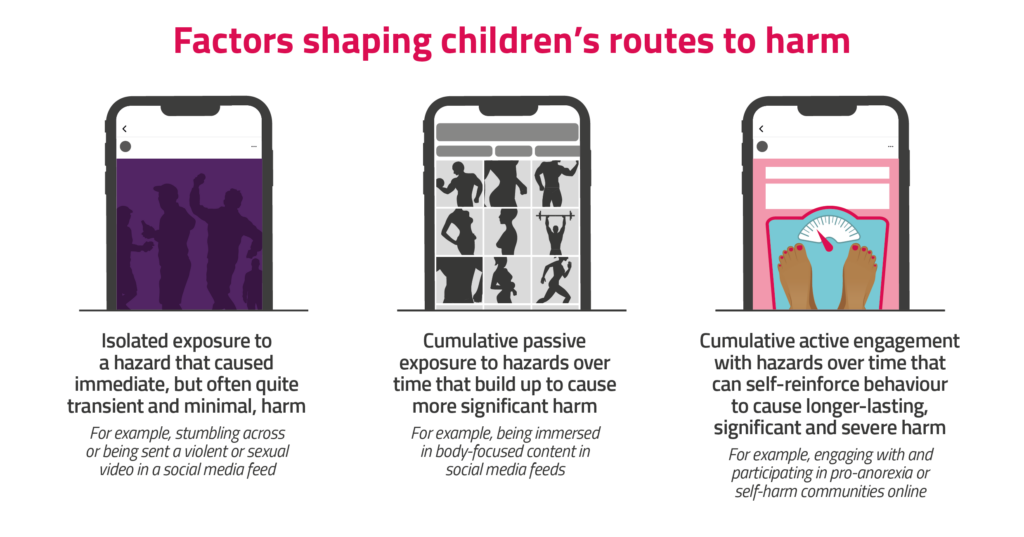

Apple reportedly plans to move iPad production to India. About 58M iPads were shipped in 2021, most of which were produced in Mainland China. Foxconn, the leading supplier of iPad, is believed to benefit the most as Apple continues to expand the production of related products in India. In addition to iPad products, Apple has asked suppliers to move some production of AirPods and Beats earphones to India, including key acoustic equipment, as early as 2023. Foxconn has already started making Beats headphones in India and intends to make AirPods there eventually. In addition, Luxshare Precision, which currently produces AirPods in Vietnam and the Chinese mainland, has also begun planning to make AirPods in India. (Digitimes, Patently Apple, 9to5Mac, Laoyaoba, UDN)

Sony reveals the company has sold 25M PlayStation 5 console. Sony reports 3.3M PS5 console shipments for the Jul-Sept 2022 period and it expects to sell 18M units in total for 2022 which would be a 56% increase compared to the 11.5M PS5 sales for 2021. (GSM Arena, Sony, Engadget, Android Headlines)


Waymo, Alphabet’s autonomous driving tech unit, says it’s expanding its Waymo One robotaxi service in metro Phoenix, Arizona, to the city’s busy airport, where it expects demand for rides to be high eventually. Waymo is letting “trusted testers”, a limited group of riders registered in its network, hail electric Jaguar I-PACE SUVs in its Phoenix fleet round the clock. Rides will be available between downtown Phoenix and Sky Harbor International Airport and Waymo is also working with the airport to ferry passengers to the 44th Street light-rail train stop about 2 miles away. Backup human safety drivers will be behind the wheel as the service starts, though they’ll be removed “over the weeks to come”. (The Verge, CNBC, Forbes, Waymo)
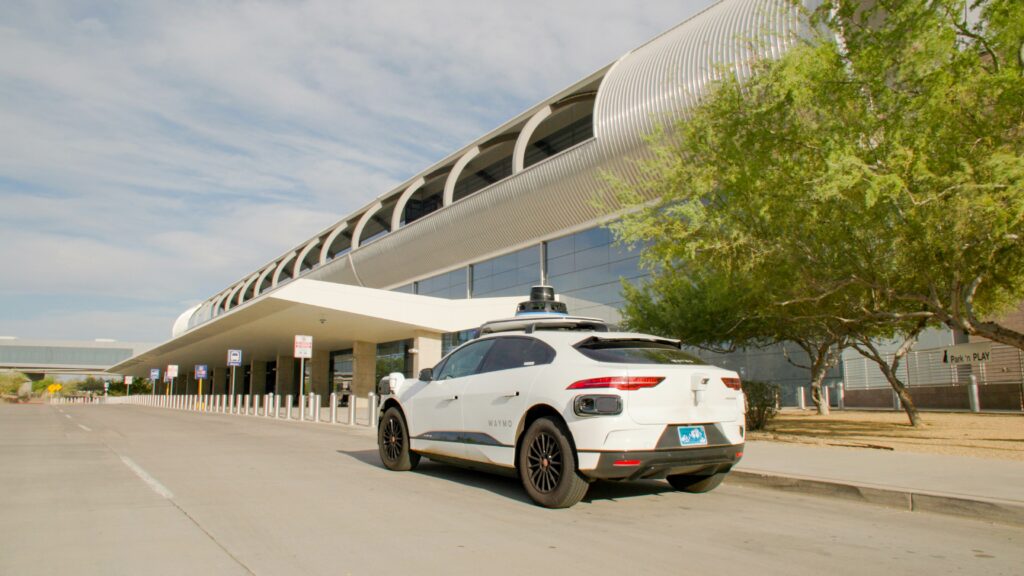
XPeng has received a permit Monday to begin testing its G9 electric SUV as an autonomous vehicle on public roads in Guangzhou. The company will begin testing a small fleet as soon as possible with a human safety operator in the driver’s seat. This is a milestone for XPeng as it aims to use its vehicles for robotaxi operations in the future. The G9 is the first mass-produced vehicle to qualify for such tests in China, XPeng claims. (TechCrunch, CNFOL, Auto Home, 163.com)
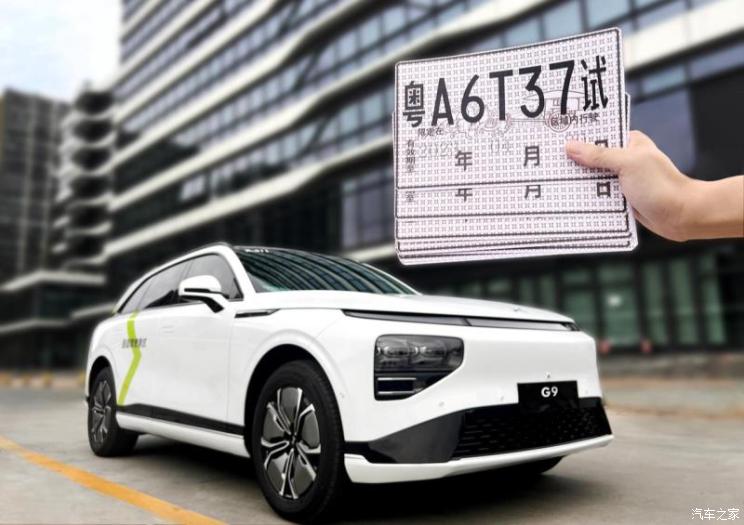
Volocopter, the pioneer of urban air mobility (UAM), has raised an additional USD 182M in the second signing of its Series E funding round. NEOM – the Red Sea’s smart, cognitive region project – and GLy Capital Management of Hong Kong have joined Volocopter’s diverse investor base. This will carry the company beyond the certification of its electric passenger aircraft, the VoloCity air taxi. Founded in 2011, Volocopter is developing an air taxi called the VoloCity that takes off vertically like a helicopter and flies like a plane. The VoloCity uses 18 rotors supported by more than 100 processors to navigate the skies. According to Volocopter, its air taxi can carry two passengers to a destination more than 21 miles away with a maximum speed of about 68 miles per hour. (TechCrunch, Silicon Angle, PR Newswire)
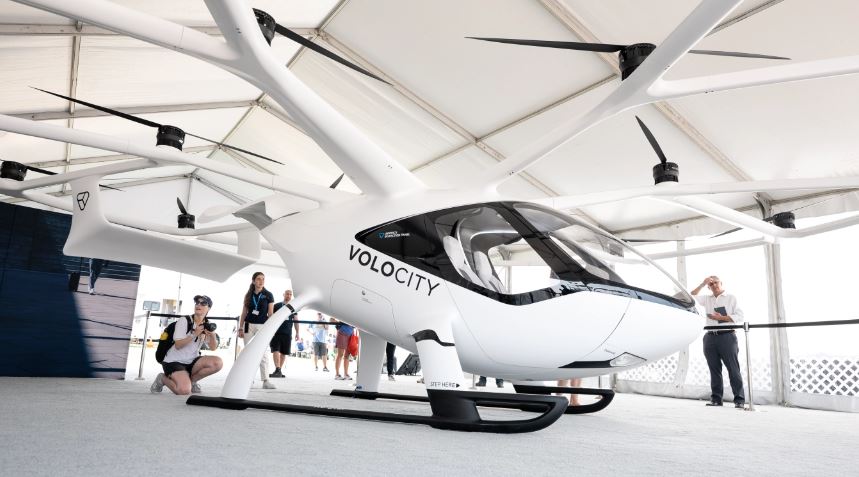

OpenAI, the San Francisco-based lab behind AI systems like GPT-3 and DALL-E 2, has launched a new program to provide early-stage AI startups with capital and access to OpenAI tech and resources. Called Converge, the cohort will be financed by the OpenAI Startup Fund, OpenAI says. The USD100M entrepreneurial tranche was announced May 2021 and was backed by Microsoft and other partners.(TechCrunch, Open.AI)


According to a new study by ActiveCampaign, a company specializing in customer experience automation, 84% of consumers said they plan to shop small during the holidays. Going further, nearly 60% of consumers said they would be willing to pay more for a small business product as opposed to the lowest price, which is surprising amid high inflation trends over the past few months. When consumers were asked about their loyalties to big box stores, 60% of consumers indicated negative sentiment toward retail giants, jumping to 69% of Gen Z and 51% of Boomers. (VentureBeat, PR Newswire)

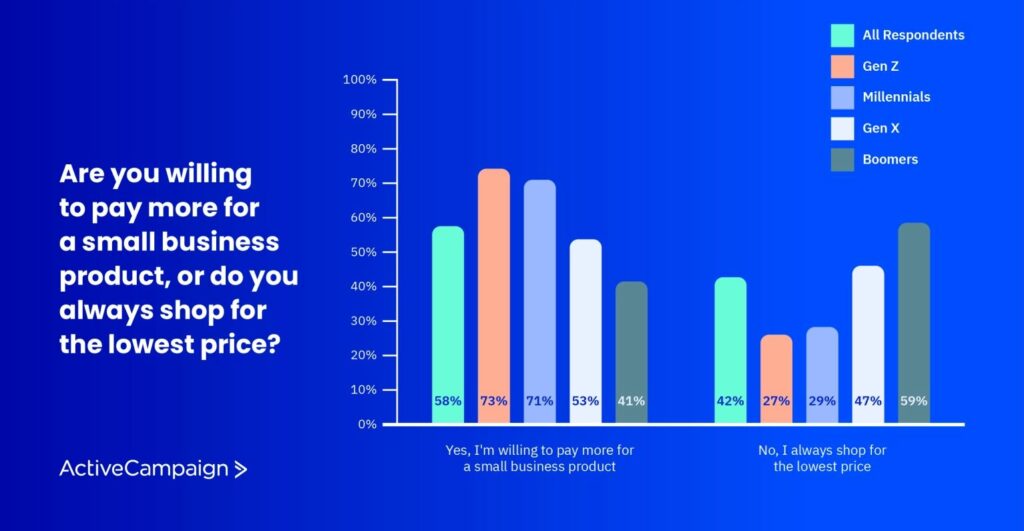

Bitcoin prices have continued to hold near USD20,000 in end Oct 2022, but some miners are crumbling as spiking energy prices and historically low hash prices cut into profits. Even though bitcoin’s price has been down for a while and has fallen about 56% year to date, the dominoes just began to fall for bitcoin miners. According to Christopher Perceptions, founder of PerceptForm and CEO of NoCodeClarity (no-code web3 apps), the global recession is looming, on top of inflation and rising prices of electricity. Nick Hansen, CEO of crypto-mining firm Luxor, has said that miners are struggling for a multitude of reasons right now, and now we see historically low hash price, which means that miner revenues are at all-time lows. Hash price is a metric to determine the market value for each unit of hashing power, which is set through changes in bitcoin mining difficulty (which is currently high) and the price of the cryptocurrency. (TechCrunch, Blockworks, Latestly, HashRate Index)
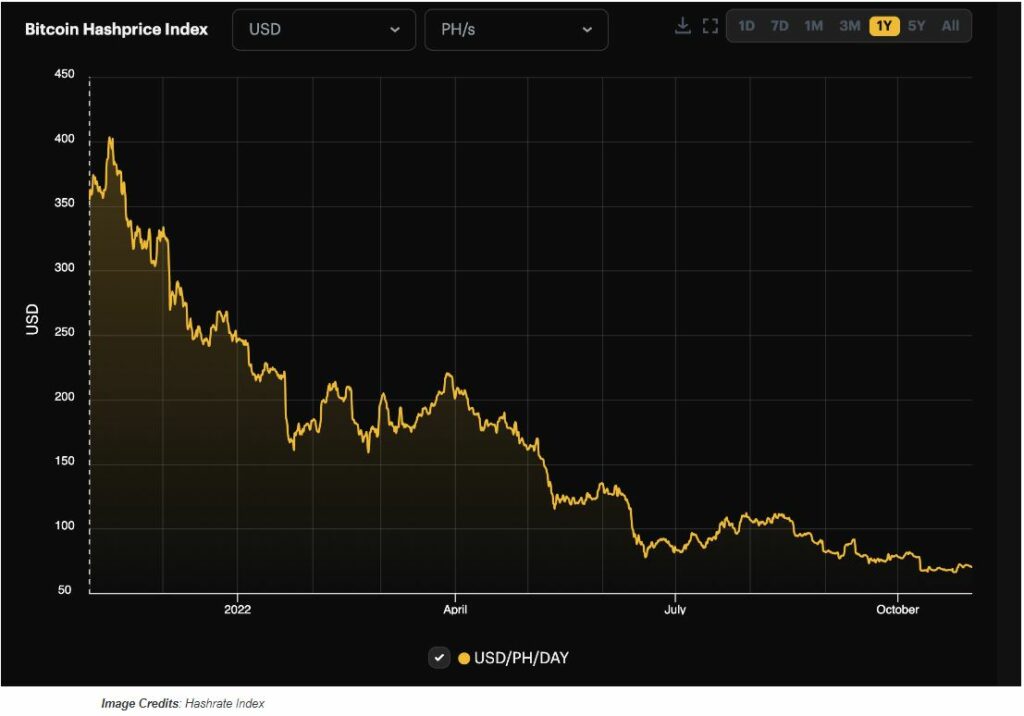

SiFive has announced a pair of new high-performance RISC-V processors aimed at what it calls “next-generation wearables and smart consumer devices”. Known as the P670 and P470, the processors offer new features and improved performance compared to previous CPUs based on the popular open-source architecture. There is support for virtualization, including a separate IOMMU for accelerating virtualized device I/O, and a full out-of-order vector implementation based on the RISC-V Vector v1.0 spec that was ratified in 2021. The chips claim to be the first on the market to support the new RISC-V vector cryptography extensions. They also exhibit enhanced scalability, with clusters of up to 16 cores able to work together, though the company has talked up 128 cores in the past.(Liliputing, Tom’s Hardware, SiFive, Twitter)
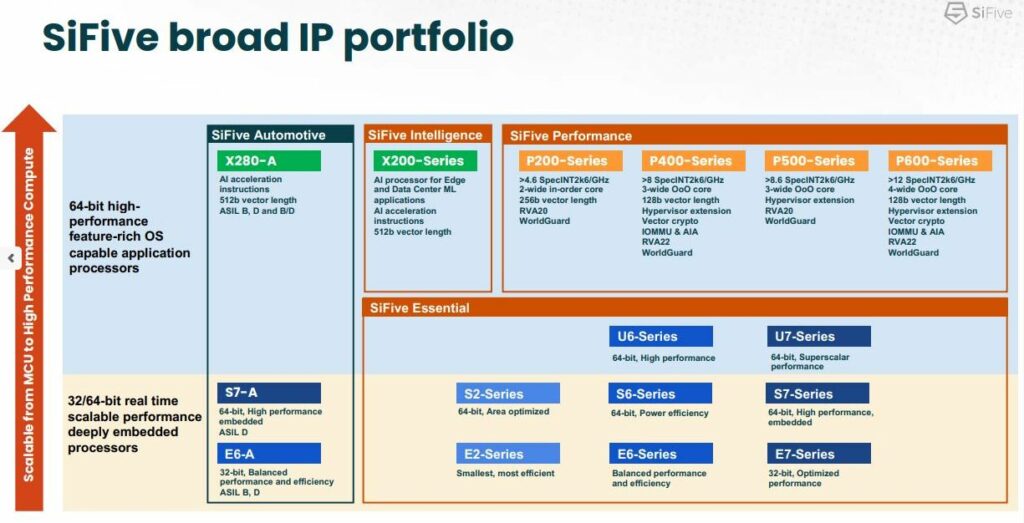


Qualcomm will continue to provide the modem chips for the “vast majority” of Apple iPhones in 2023, a turnabout for a company that had expected to lose the business to Apple’s homegrown components. Qualcomm had planned to only provide about 20% of the 5G modem parts for the new iPhones in 2023, but now expects to retain its current foothold. Since settling a lawsuit with Qualcomm in 2019 and agreeing to use that company’s technology inside iPhones for the foreseeable future, Apple went to work on building its own cellular modem. Apple’s efforts have been stymied by prototype versions of the modems overheating and that the company wouldn’t begin a switch until 2024 at the earliest.(Apple Insider, Bloomberg, Yahoo)
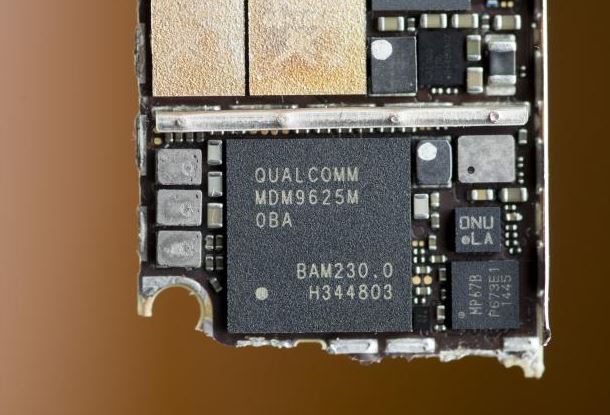
TSMC has reportedly lowered its capital expenditure for the second time, major customers of the 3nm process temporarily canceled orders. Therefore, TSMC slashed orders from third-party factories, up to 40%-50%, covering recycled wafers, key consumables, equipment and other fields. It is reported that orders from TSMC have indeed weakened since the end of 3Q22, and orders continued to decline in 4Q22 and 1Q23. The impact field includes the front-end production process and the back-end advanced packaging process, and the impact on the back-end is larger than that of the front-end. TSMC has revised down its capital expenditure in 2022 for the second time to about USD36B, and the absolute amount has been reduced by at least USD4B, which means that the business opportunities that were originally intended to be released to the supply chain as high as 100 billion yuan have been cut off, setting off a supply chain domino effect.(Phone Arena, UDN, UDN)
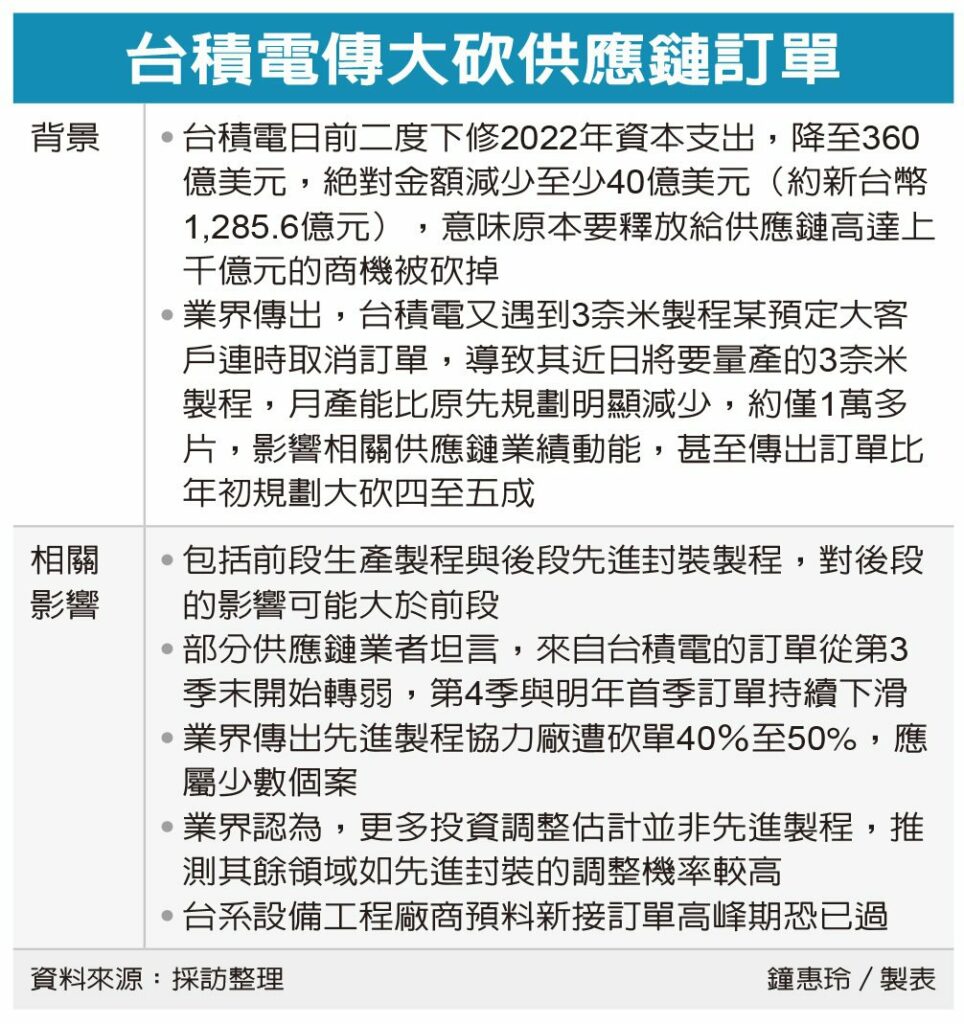
Samsung Electronics and Rambus have announced the companies have signed a comprehensive 10-year license agreement. The agreement extends the existing relationship between the companies, providing Samsung with access to Rambus’ innovative technologies for inclusion in Samsung ICs. The agreement requires quarterly royalty payments to Rambus of USD15M per quarter for the first 5 years, with an initial payment of USD22M for 4Q13. Payments in the second 5-year period are variable and subject to market-related factors. The agreement further provides Samsung access to Rambus’ security technologies in system devices such as smart phones, tablets, and set-top boxes. The agreement is set to terminate in 2023. (Laoyaoba, Rambus, Business Wire)
Samsung Display has purchased 42 patents in the US related to oxide thin-film transistors (TFT) from Fujifilm. The company currently uses oxide TFT on its Gen 8 quantum dot (QD)-OLED panels. Samsung Display may use the technology again for Gen 8 OLED panels aimed at IT products in the future as well. Low-temperature polycrystalline silicon (LTPS) and low-temperature polycrystalline oxide (LTPO) technologies currently used for Gen 6 OLED panels have not been developed for application for Gen 8 OLED panels as of yet. Back in May 2022, Samsung Display bought 85 US patents related to OLED devices from Germany’s Cynora. The company’s current OLED business is highly concentrated on Gen 6 OLED panels aimed at smartphones.(Laoyaoba, Sammy Fans, The Elec)

LG Display (LGD) has reportedly decided to halt OLED TV production at its 8.5-Gen fab in Paju, for about a month or maybe more, as demand for OLED TV panel has declined. LGD’s inventory at 1H22 increased 73.4% compared to the same period in 2021. OLED TV makers like LG Electronics and Sony are also seeing their own TV inventories up. (OLED-Info, Chosun Biz)
Samsung Display has purchased 42 patents in the US related to oxide thin-film transistors (TFT) from Fujifilm. The company currently uses oxide TFT on its Gen 8 quantum dot (QD)-OLED panels. Samsung Display may use the technology again for Gen 8 OLED panels aimed at IT products in the future as well. Low-temperature polycrystalline silicon (LTPS) and low-temperature polycrystalline oxide (LTPO) technologies currently used for Gen 6 OLED panels have not been developed for application for Gen 8 OLED panels as of yet. Back in May 2022, Samsung Display bought 85 US patents related to OLED devices from Germany’s Cynora. The company’s current OLED business is highly concentrated on Gen 6 OLED panels aimed at smartphones. (Laoyaoba, Sammy Fans, The Elec)
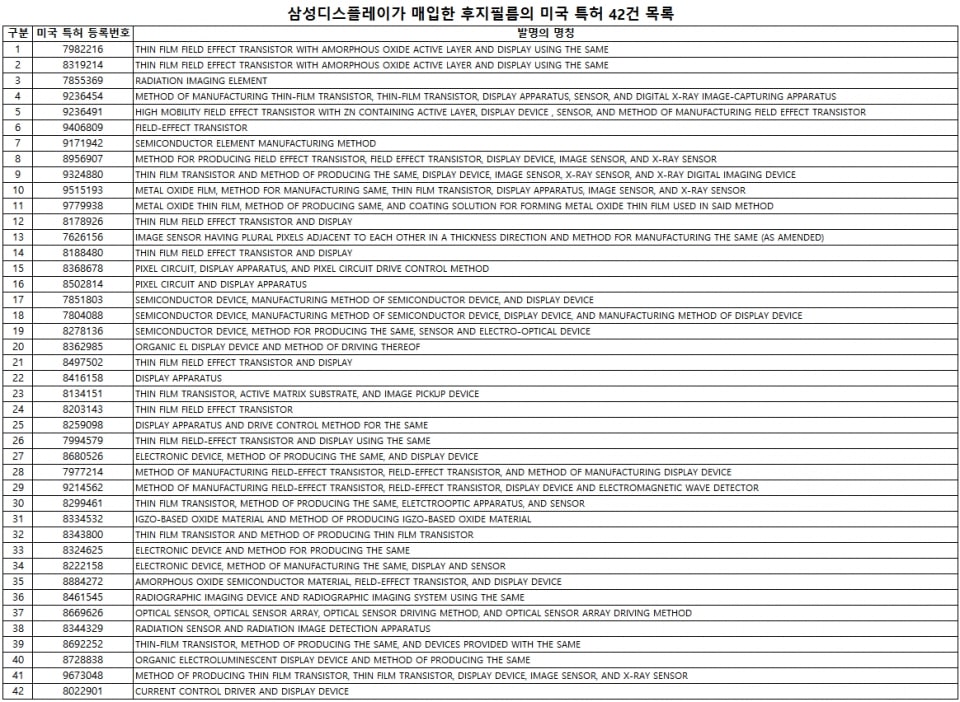

Xiaomi unveils concept phone with an interchangeable lens camera. The concept, dubbed the “Xiaomi 12S Ultra Concept Phone””differs from the original in that it has two 1” 50.3Mp camera sensors on the back of the phone, with the second situated in the centre of the rear of the device. This second sensor has been designed to be able to mount and be fully compatible with all Leica M series lenses. The sensor itself is located under a piece of sapphire glass.(GizChina, Neowin, My Drivers)
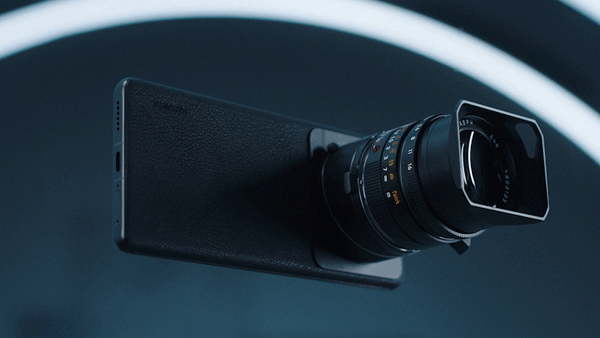

Micron has announced its next generation 1β (1-beta) fabrication technology for DRAM(opens in new tab) (dynamic random access memory). The new node will enable Micron to cut down costs of its DRAM while also increasing their power efficiency and performance. 1β (1-beta) will be the company’s last DRAM production process that will rely on deep ultraviolet (DUV) lithography and will not use extreme ultraviolet (EUV) tools. Micron’s 1β fabrication process uses the company’s 2nd generation high-K metal gate (HKMG) and is said to increase bit density of a 16Gb memory die by 35% as well as to improve power efficiency by 15% when compared to a similar DRAM device made on the company’s 1α node.(VentureBeat, The Register, Yahoo, Tom’s Hardware)

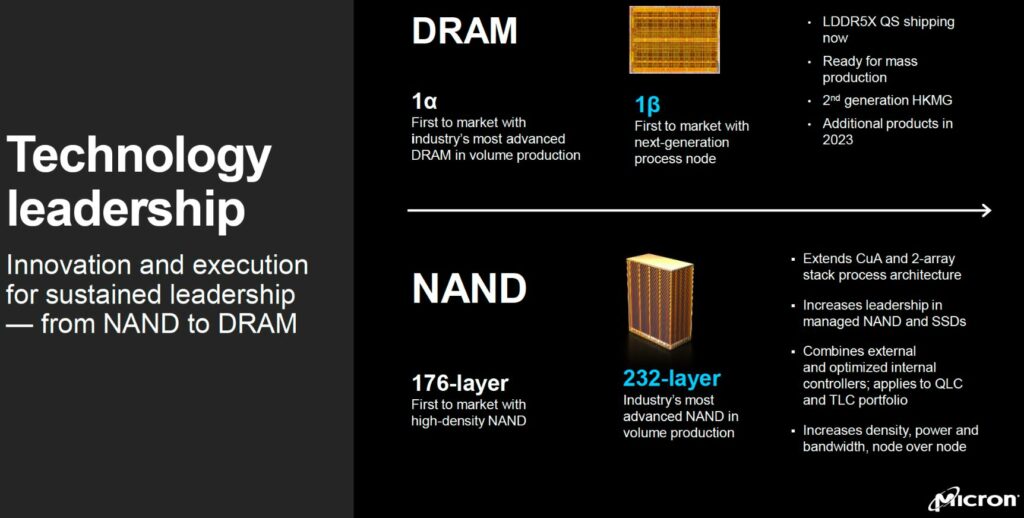

Ford and Volkswagen are reportedly seeking buyer for their Argo Lidar unit. Argo AI was barely a year old when it acquired Princeton, New Jersey–based lidar startup Princeton Lightwave in Oct 2017. The acquisition, backed by Ford, was hailed years later as helping to provide a key piece of technology in Argo’s full self-driving system. Lidar, the light-detection and ranging radar that measures distance using laser light to generate a highly accurate 3D map of the world, is considered by most in the industry a critical sensor required to safely deploy autonomous vehicles at a commercial scale. (TechCrunch, iFeng, Sina)


The Germany-based Constellr satellite startup has now raised USD10M in seed funding. This space-based water monitoring system checks the Earth’s surface temperature and, soon, also its chemical composition. The platform will also look at water availability across the globe, daily. Constellr will use the investment to develop its first 2 satellites, which take measurements beyond the infrared wavelengths (8-14 microns) to calculate surface temperature and thus measure water distribution. (TechCrunch, Sifted, Tech.eu)
